For tens of thousands of years, Aboriginal and Torres Strait Islander peoples have passed down knowledge through oral traditions, ensuring the survival of their cultures, histories, and connections to Country. One of the most extraordinary aspects of this tradition is Songlines—sacred pathways that crisscross the land, carrying the stories, laws, and spiritual knowledge of First Nations peoples. These Songlines are more than just maps; they are living, breathing narratives that link people to the land and to each other.
Songlines are paths across the land, sky and sea that describe the journeys of Ancestral Beings. As these spiritual ancestors moved across the landscape, they created rivers, mountains, animals, plants, and the laws that govern First Nations life. These journeys were recorded in song, dance, art, and ceremony, ensuring that knowledge was passed down through generations.
Songlines serve as an intricate map system, allowing Aboriginal and Torres Strait Islander peoples to navigate vast distances across Australia. By singing the correct verses of a Songline, a person can find water sources, hunting grounds, and significant landmarks. This knowledge was essential for survival in one of the world's most diverse and challenging environments.
Many Songlines stretch for thousands of kilometres linking multiple First Nations groups. Because of this, different language groups often share the same Songline but have their own version of the story. This interconnected web of knowledge reinforces kinship ties and cultural unity across great distances.
Songlines are more than just practical navigation tools; they are fundamental to cultural identity. They hold laws, creation stories, and responsibilities that guide how people should care for Country and act in society. Certain songs and stories can only be shared by those who have inherited the right to do so, reinforcing the deep respect for knowledge and tradition in First Nations cultures.
Ceremonies play a crucial role in maintaining Songlines. Through dance, music, and storytelling, communities re-enact the journeys of the Ancestral Beings, ensuring the stories remain alive and that younger generations continue to learn and uphold their cultural responsibilities.
With colonisation and modern development, many Songlines have been disrupted or lost. Mining, agriculture, and urban expansion have affected sacred sites, making it harder for First Nations peoples to maintain their cultural landscapes. However, efforts to preserve and revive Songlines are growing, with Elders and knowledge holders working to record and share these stories before they disappear.
Projects such as the Songlines on Screen initiative and the National Museum of Australia’s Songlines: Tracking the Seven Sisters exhibition help to educate both Indigenous and non-Indigenous people about the importance of these cultural highways.
Songlines are a powerful reminder of First Nations peoples’ deep and enduring connection to Country. They challenge Western ideas of land ownership, offering a perspective where land is not just something to be possessed but something to be respected, sung to, and cared for. As Australia moves toward truth-telling and reconciliation, understanding and respecting Songlines is an important step in acknowledging the richness and complexity of Aboriginal and Torres Strait Islander cultures.
By listening to and learning from Songlines, we gain a greater appreciation for the land we all share. As First Nations peoples have always known, the land is alive with stories—it only takes the right song to hear them.
________________________________________________________________________________
References
Australian National University. (2021). Songlines and Navigation in Aboriginal Culture. Retrieved from https://www.anu.edu.au
National Museum of Australia. (2017). Songlines: Tracking the Seven Sisters. Retrieved from https://www.nma.gov.au/exhibitions/songlines
Neale, M., & Kelly, M. (Eds.). (2020). Songlines: The Power and Promise. Thames & Hudson Australia.


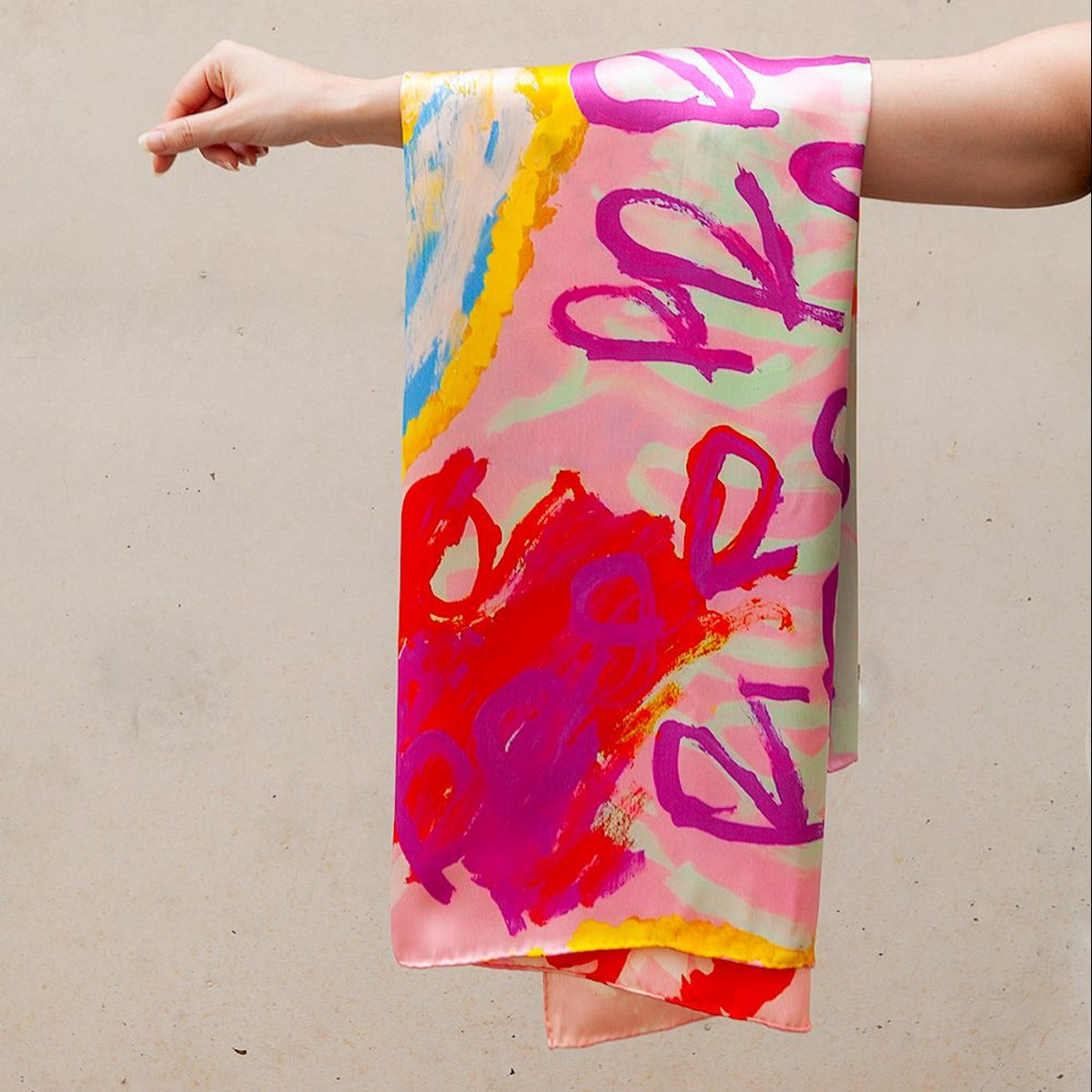




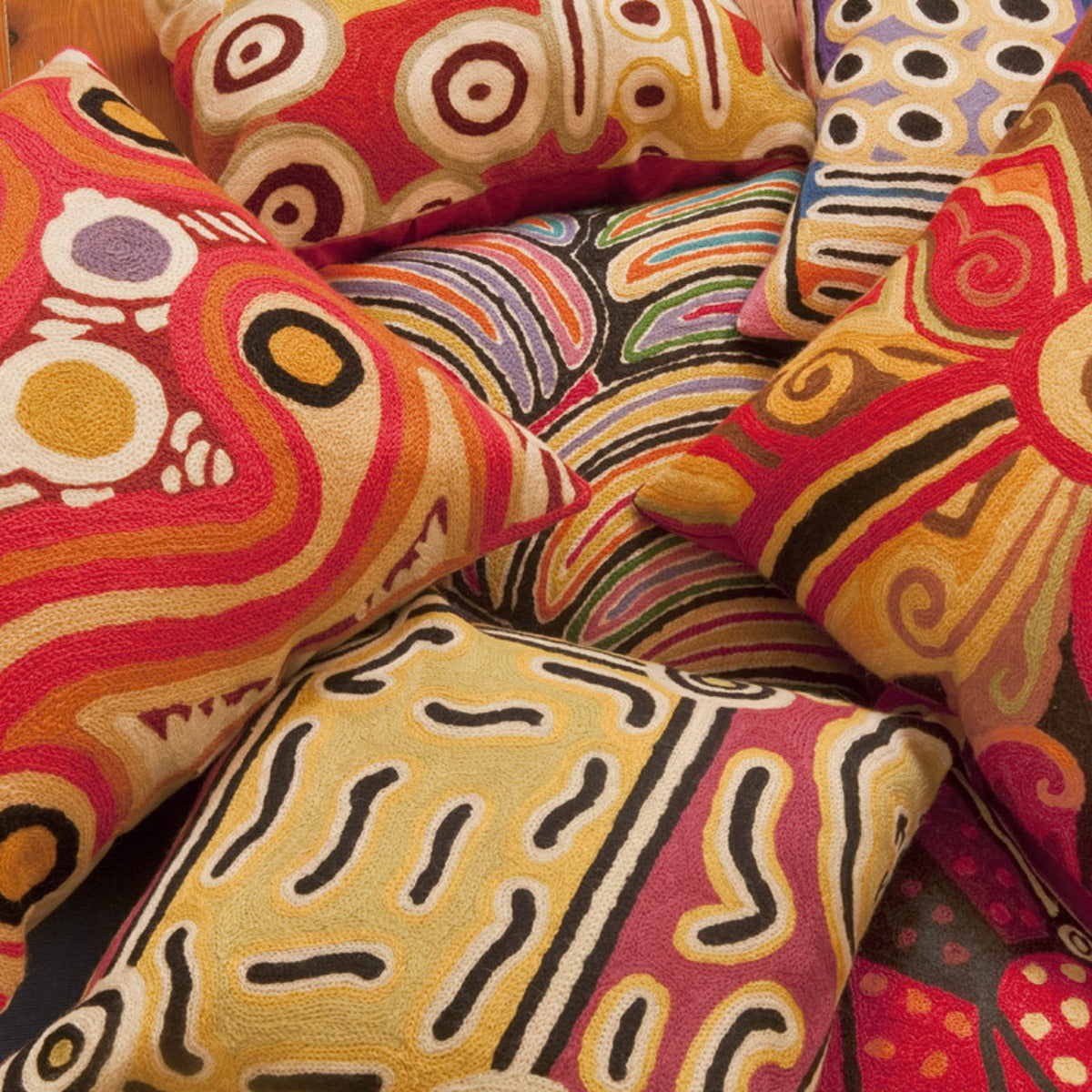
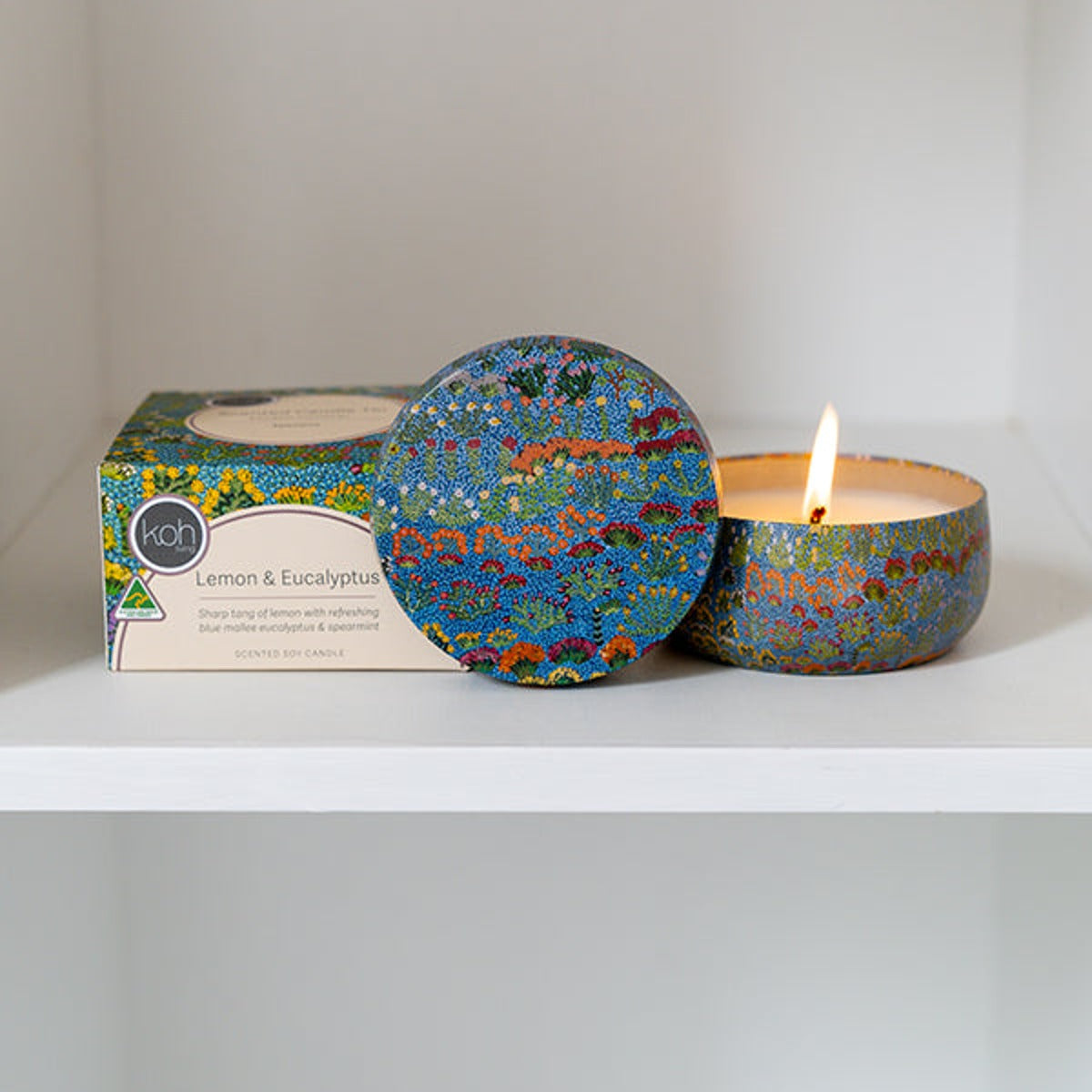

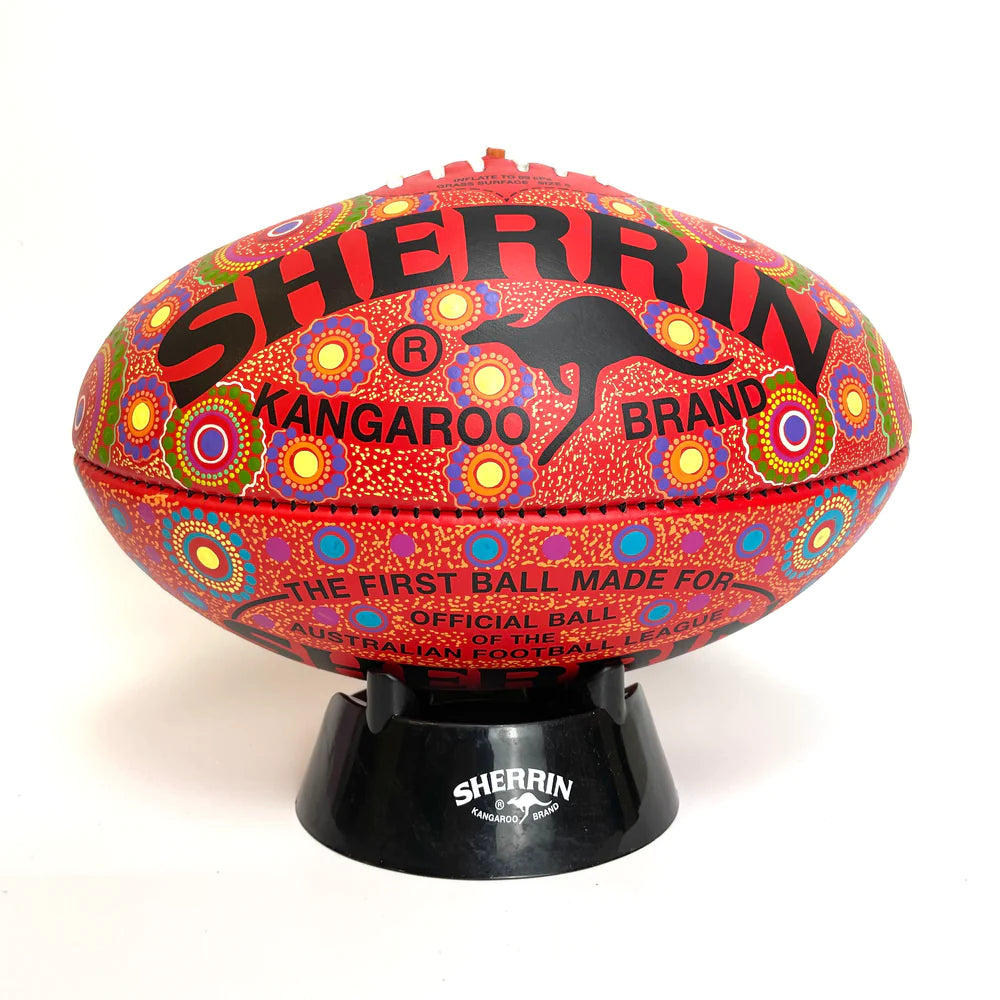
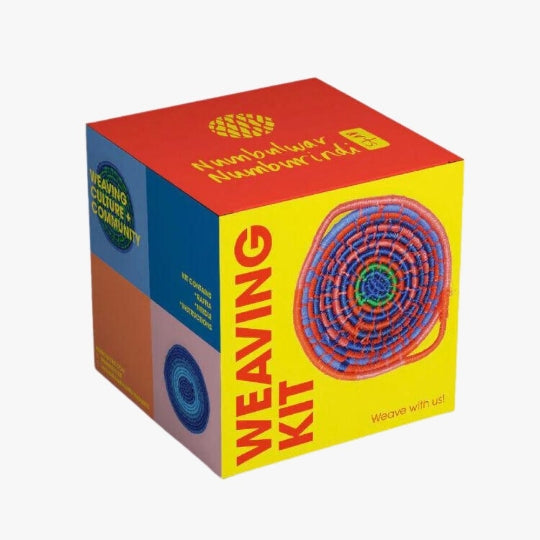

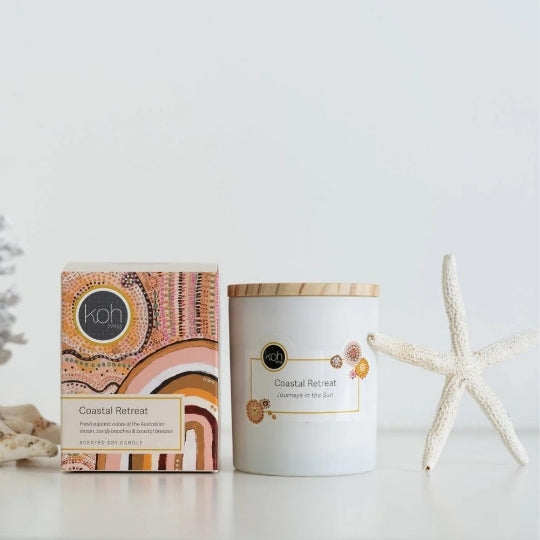
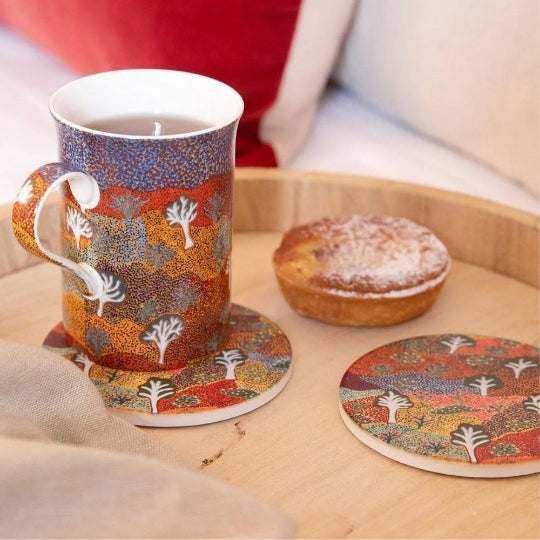
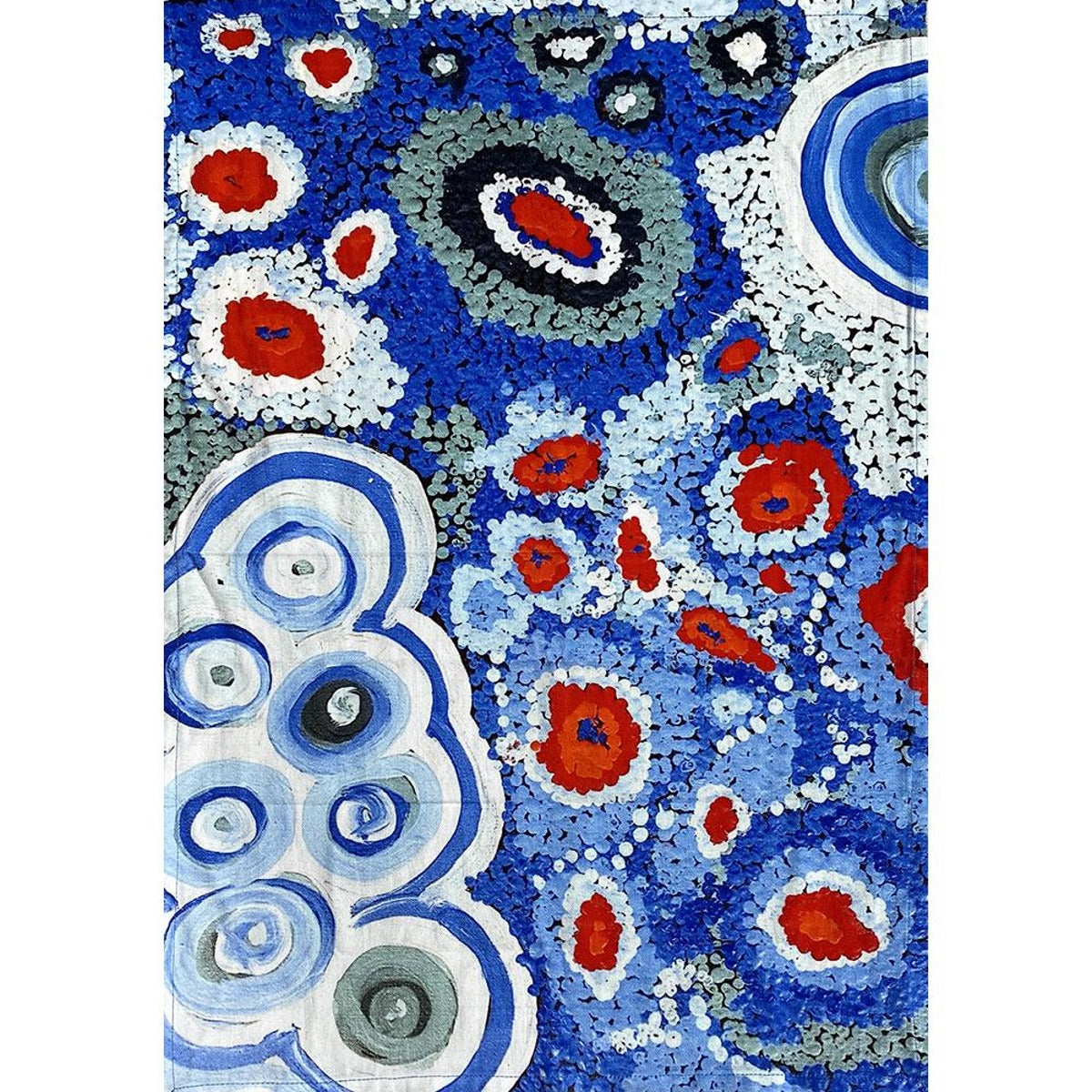
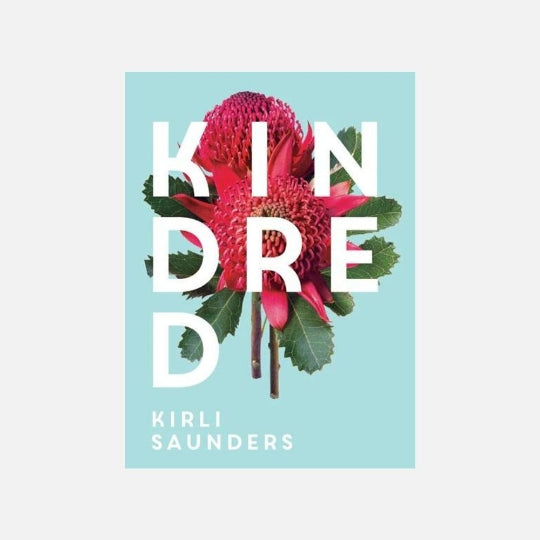
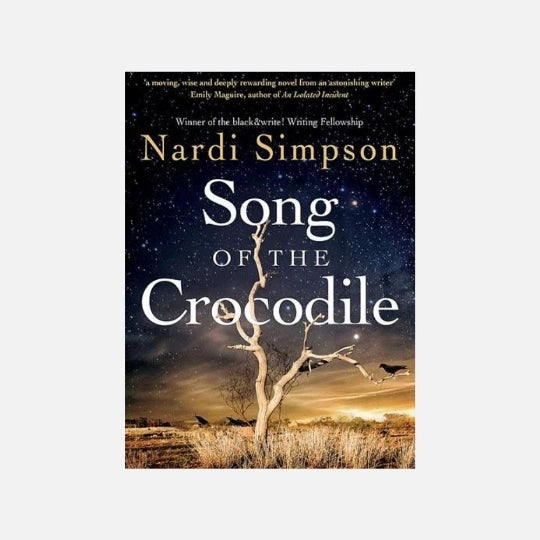

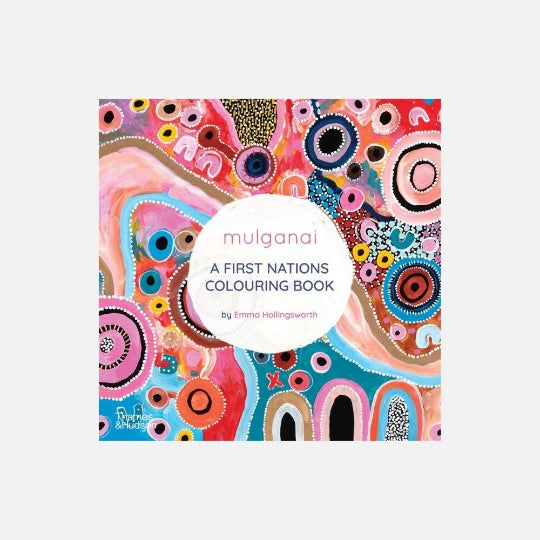
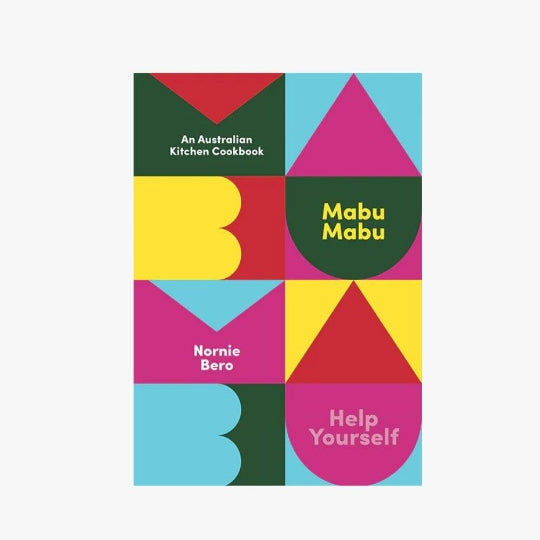


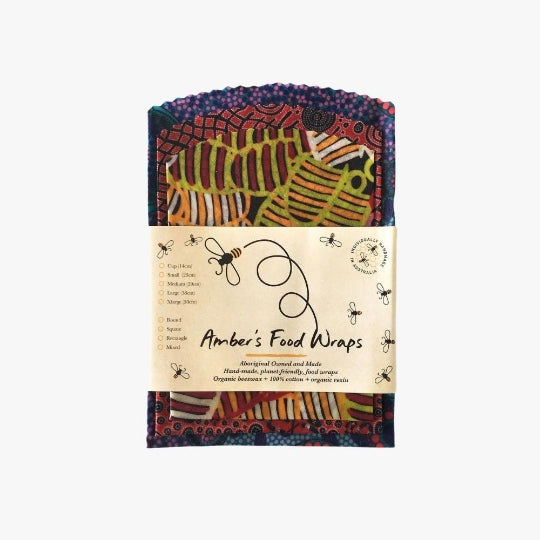




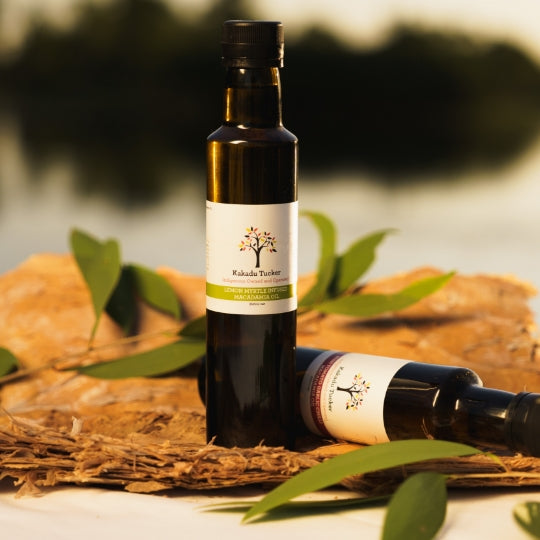



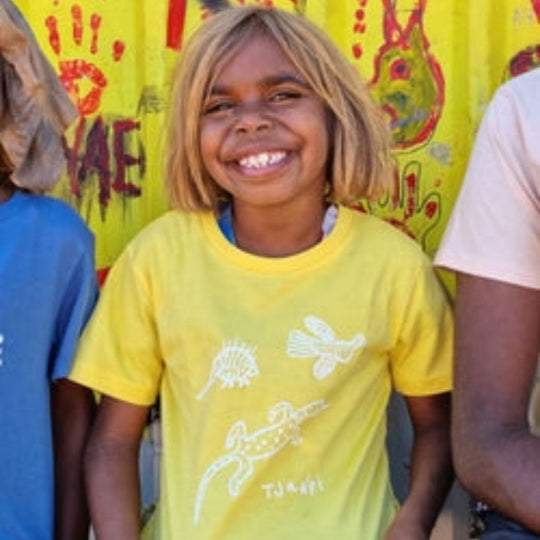
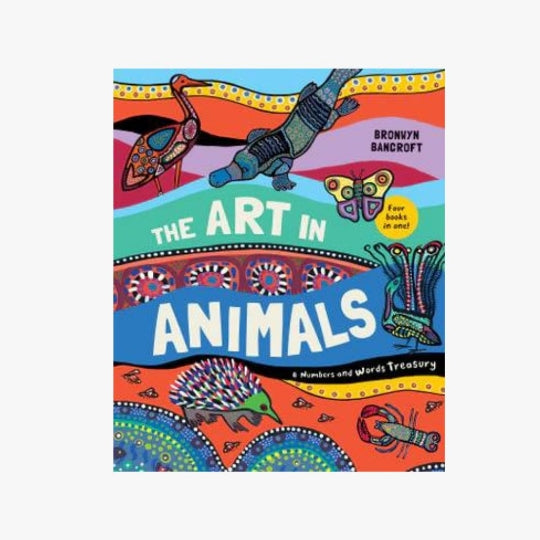
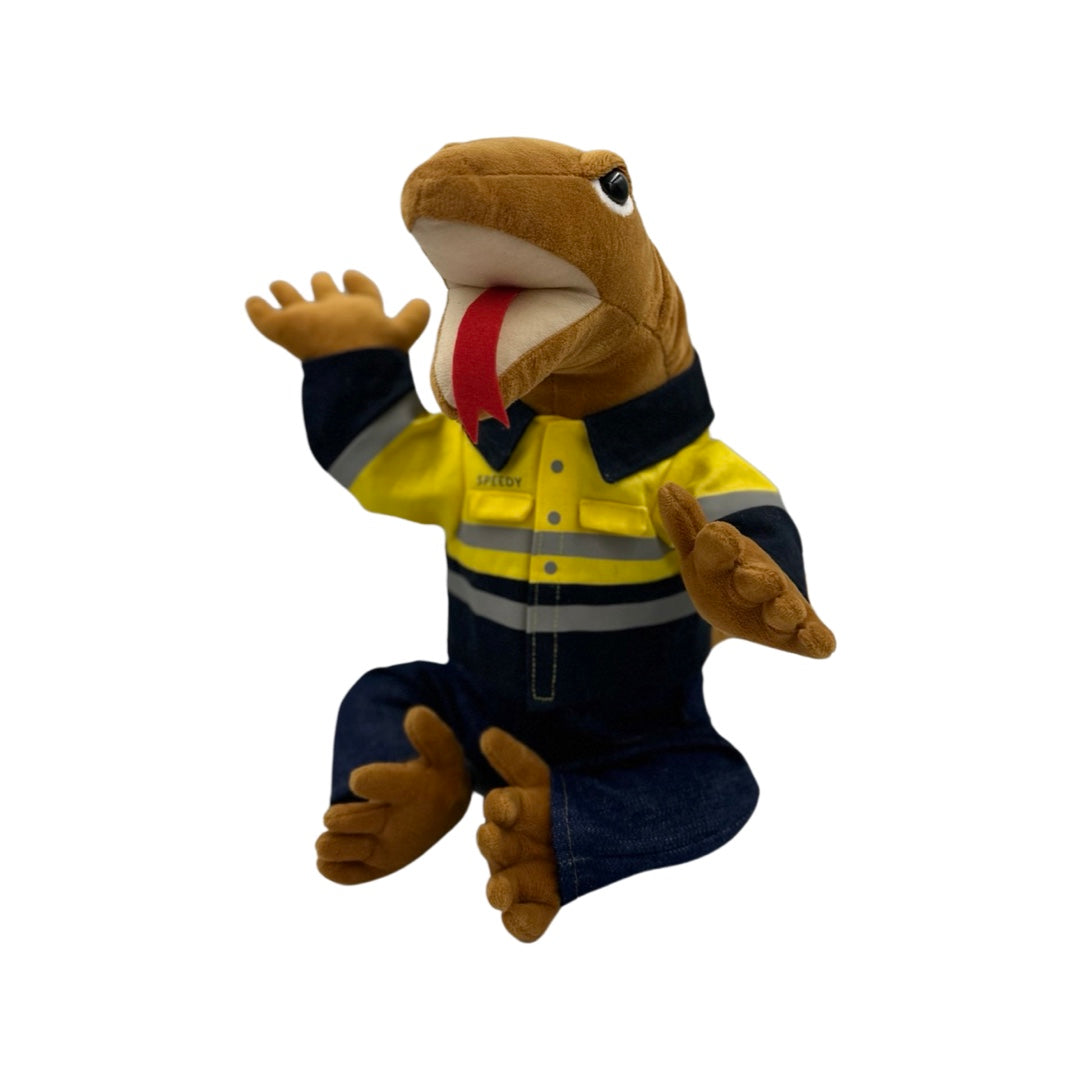
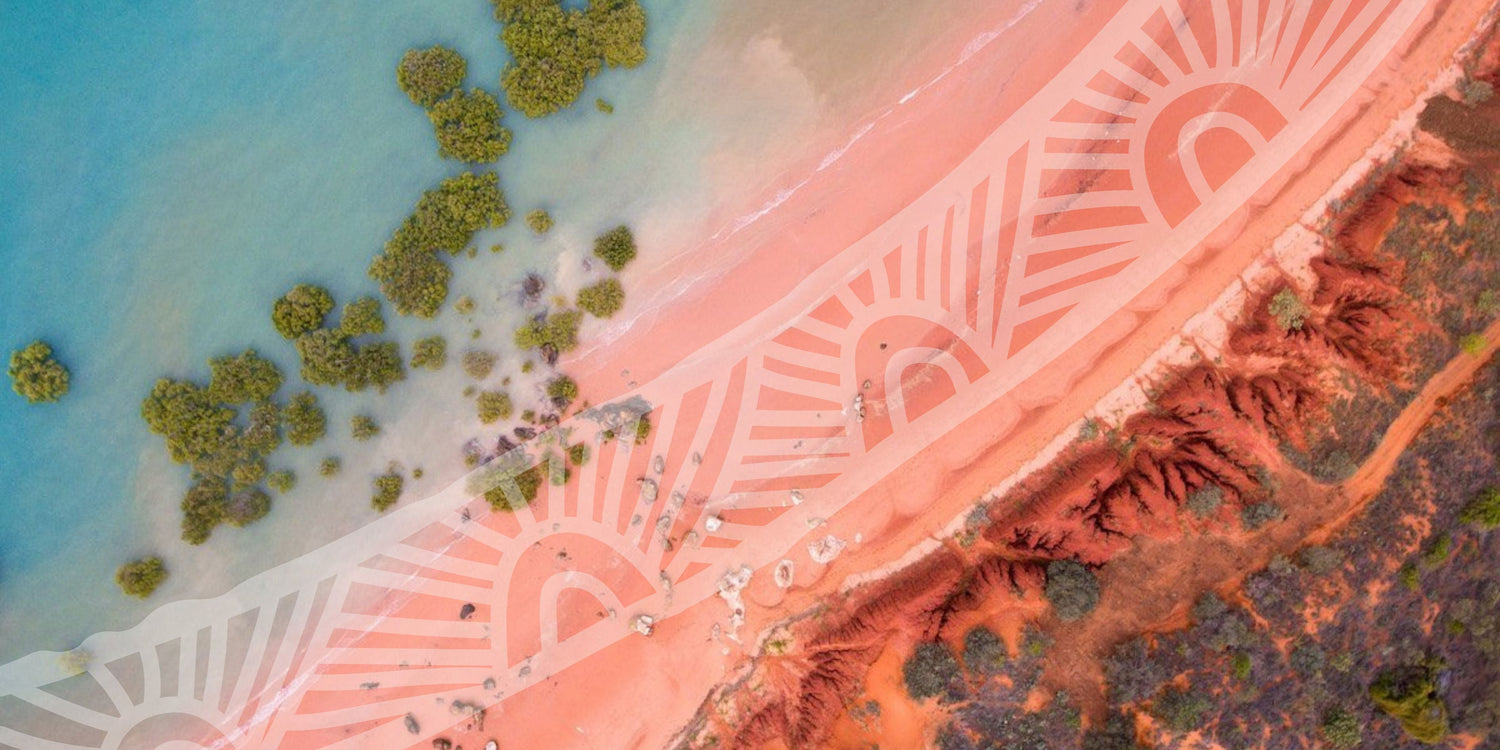
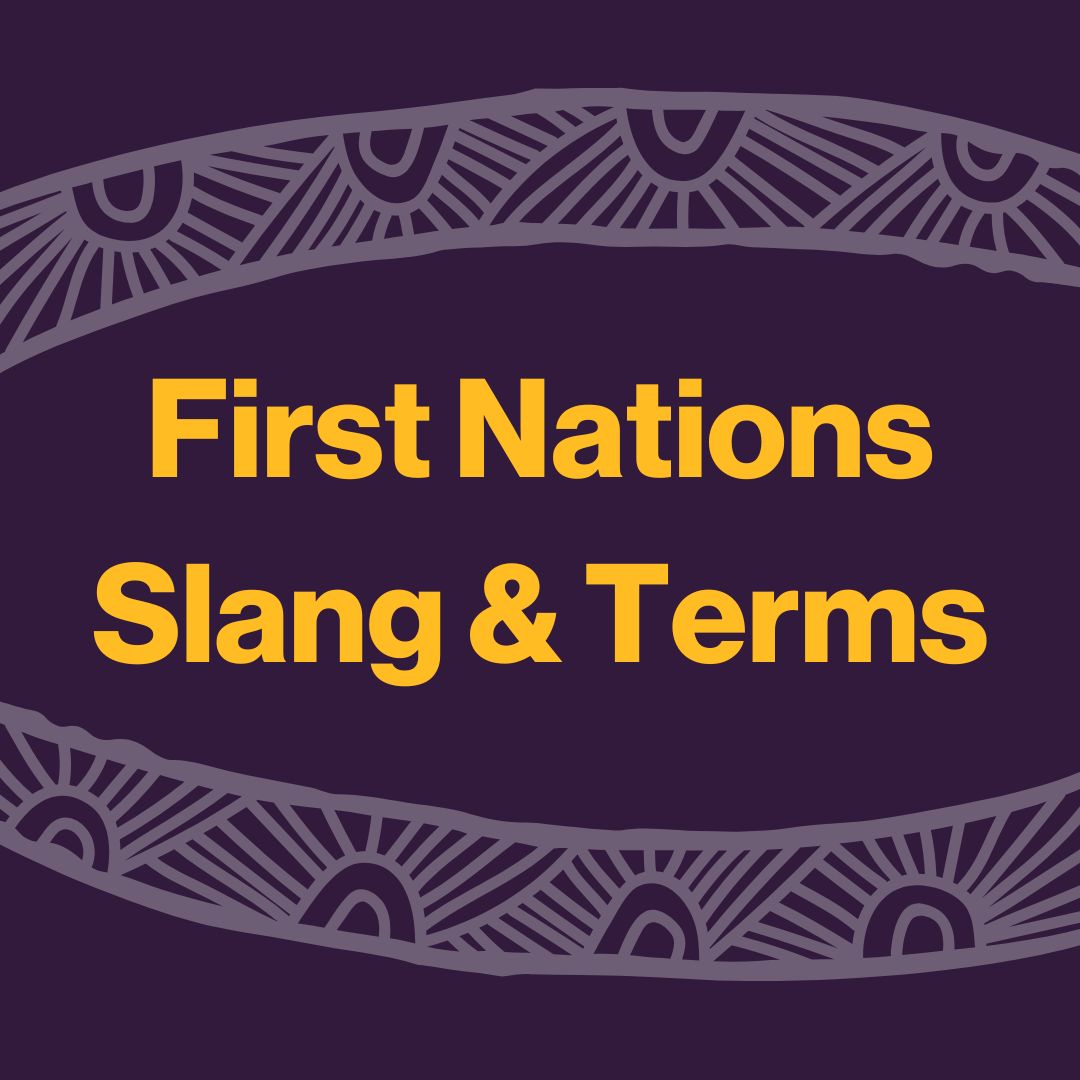
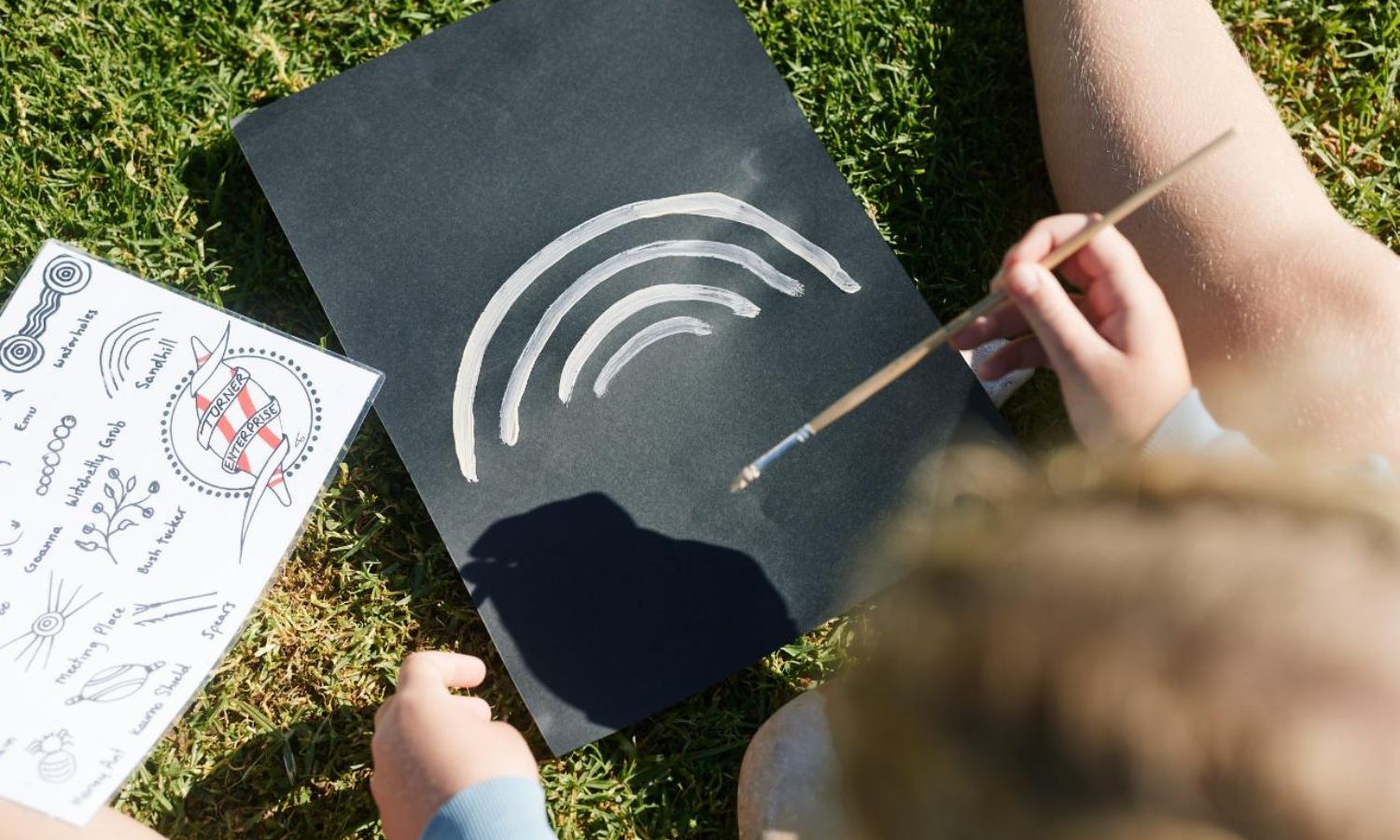

Leave a comment
This site is protected by hCaptcha and the hCaptcha Privacy Policy and Terms of Service apply.